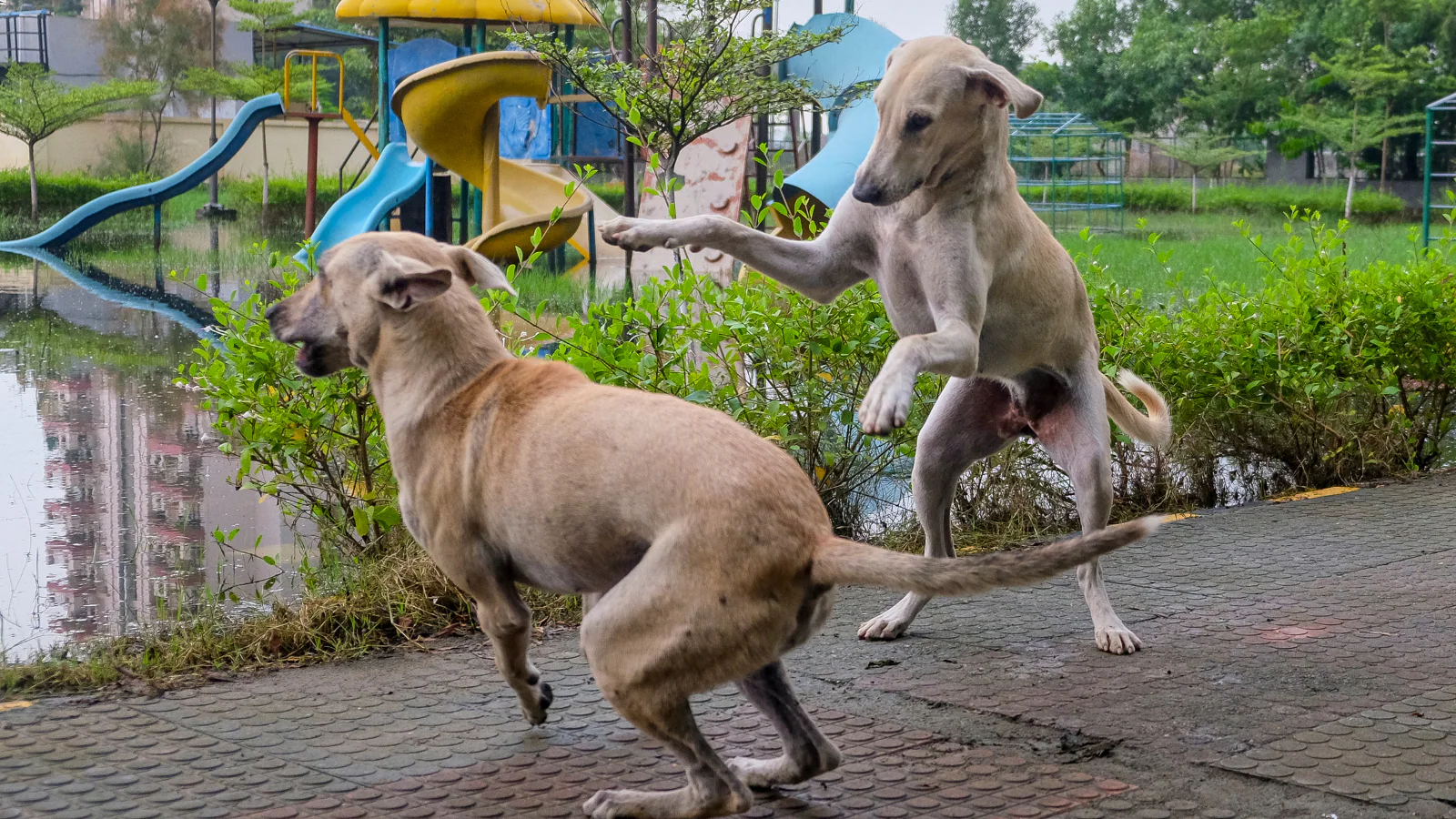By Nina Singh-Hudson
Copyright hoodline

After five months of closure that turned a routine grocery run into a local curiosity, the Cupertino Whole Foods is finally cleared to reopen—but the company says it’s staying shut a bit longer for renovations. The high-profile shutdown became one of the most scrutinized vermin cases in recent Bay Area memory, highlighting California’s evolving approach to pest control in an era of new wildlife protection laws.
Santa Clara County health inspectors gave the all-clear on September 10, concluding that Silicon Valley Business Journal reported “no evidence of rodent infestation” remained at the Stevens Creek Boulevard location. But don’t rush over with your reusable bags just yet—Whole Foods says it’s keeping the doors locked while putting finishing touches on what the company calls a comprehensive makeover.
The closure saga began in late March when county inspectors discovered what would become the stuff of local legend: a roof rat in the deli and German roaches in the bakery. By April, the situation had spiraled into a full-scale infestation with rodent droppings scattered throughout the produce section, receiving areas, and food preparation zones.
From Roof Rats to Renovations
According to San Francisco Chronicle, the March inspection that started it all uncovered “an adult female roof rat” lurking in the deli and German cockroaches “of all life stages” near the bakery’s dishwasher. What followed was a cascade of violations that ultimately forced the county to suspend the store’s operating permit, deeming the situation an “imminent threat to health and safety.”
The recent September inspections revealed the extent of remediation work completed. Inspectors noted that contaminated surfaces had been sanitized, problematic trees touching the building were trimmed back, structural gaps around restroom plumbing were sealed, and door sweeps were installed to block future pest entry, as reported by Mercury News.
California’s Pest Control Paradox
The prolonged closure reflects broader challenges facing California businesses since the state enacted its Poison-Free Wildlife Act in early 2025. The legislation restricts anticoagulant rodenticides—previously a go-to solution for serious infestations—to protect wildlife from secondary poisoning. According to NBC Bay Area, pest control companies can no longer rely on these powerful poisons in most circumstances, forcing them to use alternative methods that often take longer to achieve results.
Dr. Marilyn Underwood, Santa Clara County’s Environmental Health Director, told reporters that Whole Foods’ pest control company requested a waiver to use the banned rodenticides but was denied. “Probably if they were allowed to use rodenticides, maybe Whole Foods would be open sooner,” Underwood acknowledged to NBC Bay Area.
The wildlife protection law emerged from sobering statistics: a 2023 California Department of Fish and Wildlife report found that roughly 88% of raptors and 90% of mountain lions tested were exposed to the poisons, according to Center for Biological Diversity.
Part of a Larger Trend
The Cupertino closure reflects a county-wide surge in vermin-related enforcement. Santa Clara County records show that San Francisco Chronicle reported 39 out of 41 recent restaurant and grocery store closures were due to vermin contamination. The county cited 183 violations and issued 104 closures from January through June—nearly matching the total number of violations recorded in all of 2024.
Other South Bay retailers have faced similar struggles. Silicon Valley Business Journal reported that two 99 Ranch Market locations in Milpitas and Cupertino temporarily closed due to rodent infestations, while two Walgreens stores halted food sales for weeks due to vermin contamination.
Economic Ripple Effects
The closure created unexpected economic opportunities for nearby businesses. Sameer Shah, co-owner of Voyager Craft Coffee, told San José Spotlight his business saw a 5% increase in customers since the Whole Foods shutdown. Tasty Pizza across the street reported serving more De Anza College students who would normally grab food from the grocery store’s deli.
Local customers adapted by shifting to alternative grocers. Naval Garg, a Cupertino resident who frequently shopped at the store, told Silicon Valley Business Journal his family now goes to Trader Joe’s for organic food. “It’s really too bad what happened,” said another resident, Amanda Bowles. “It’s disappointing of course, but I’m glad that they’re doing something to clean it up.”
Beyond Pest Control: A Complete Overhaul
Rather than rushing to reopen once health clearance was granted, Whole Foods chose to extend the closure for comprehensive improvements. “We’ve taken this opportunity to conduct extensive building maintenance, improve the parking lot, and refresh finishes and furniture throughout the store and exterior,” spokesperson Nathan Cimbala told San Francisco Chronicle.
The company’s decision to pair mandatory remediation with voluntary renovations explains why this closure lasted months rather than the typical few days or weeks seen after pest violations. The Cupertino location, which opened in 2007, is one of California’s largest Whole Foods stores.
While Whole Foods hasn’t announced a specific reopening date, the completion of county-required inspections marks a significant milestone. The company must now finish its renovation work and coordinate with county officials for final approval before customers can return to what was once a popular shopping destination just miles from Apple’s headquarters.
For now, Cupertino residents will continue their grocery pilgrimages to other locations while keeping an eye out for the eventual return of their neighborhood Whole Foods—hopefully minus the unwanted wildlife.



